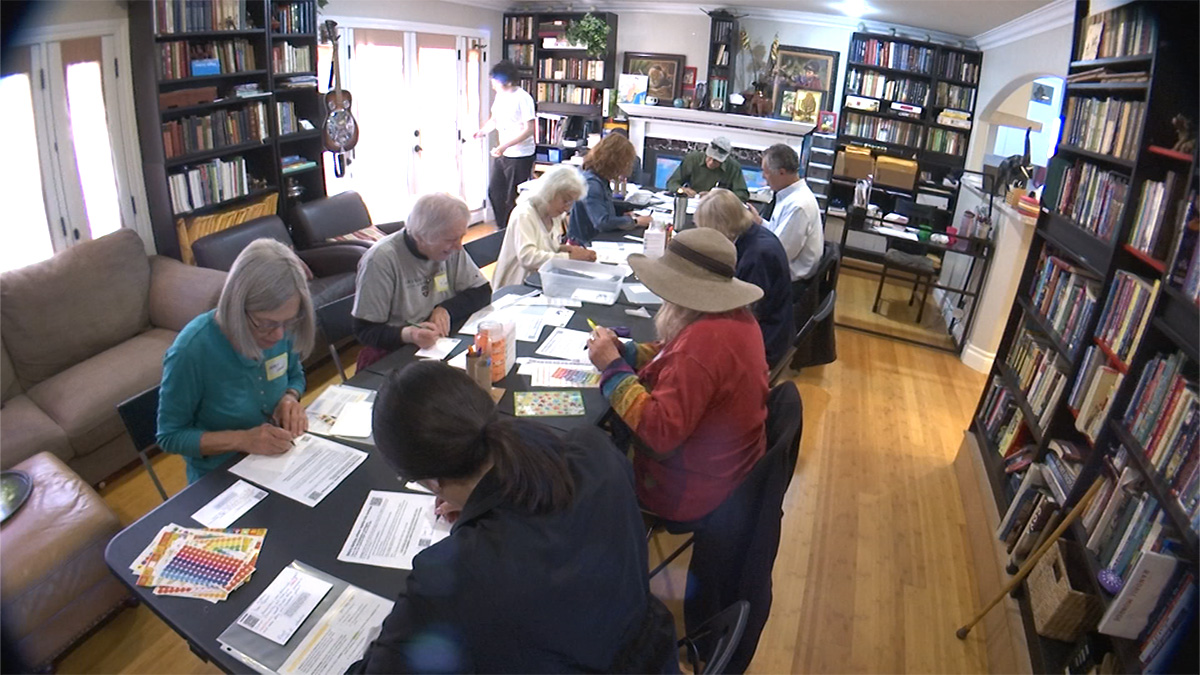The Bay Area's bridges weren't originally built to withstand earthquake like the 8.8-magnitude quake that rocked Chile on Saturday, but recent seismic retrofit projects have helped make them stronger.
"I wouldn't want to be on there when a quake hits, that's for sure,” said Katie Haizlip, who came from Chicago to gaze at the views in Sausalito.
Golden Gate District spokesperson Mary Curry says, before the devastating Loma Prieta earthquake, the Golden Gate Bridge would've been in big trouble in any quake bigger than 7.1.
Currie says seismic vulnerability assessments show that because of the bridge's location between the San Andreas and Hayward faults, the maximum credible earthquake here would be an 8.3.
That's the number engineers working on the Golden Gate's ongoing seismic retrofit project have constructed everything to withstand.
"It's only in the movies than and 8.8 would be of concerns at the Golden Gate Bridge,” Curry said. “It's really about the science of that maximum credible earthquake. It's important to know that the bridge will not collapse now. It may sustain some damage but the chance of collapse is now out of the way.”
Caltrans is also feeling pretty confident about how well the brand new Bay Bridge would fare in a powerful earthquake.
Local
"You never know what Mother Nature can throw at you,” said Bart Ney, Caltrans spokesman. “With the Bay Bridge what we've done is we've actually innovated some new ways of building bridges that we expect will handle earthquakes better on a large scale.”
The new Bay Bridge's construction is based on how the ground might move in relation to all of the major and minor faults as well as potential epicenters.
“We've designed the bridge based on the largest potential ground motions that would happen over a 1,500-year period," Ney said.



